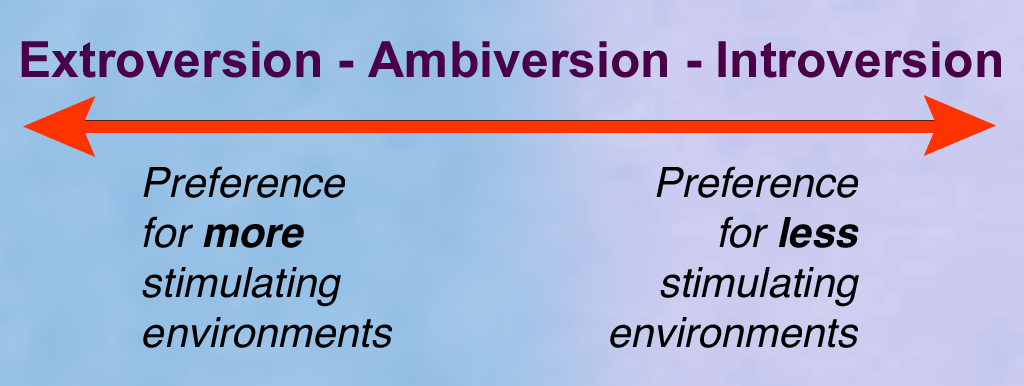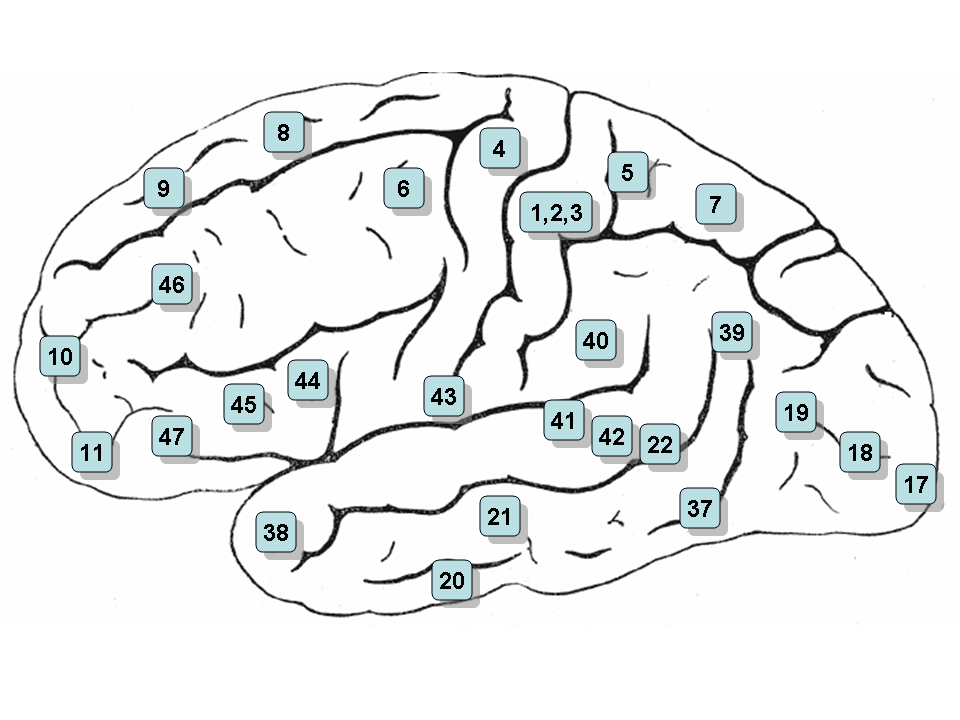|
Individual Variation In Second-language Acquisition
Individual variation in second-language acquisition is the study of why some people learn a second language better than others. Unlike children who acquire a language, adults learning a second language rarely reach the same level of competence as native speakers of that language. Some may stop studying a language before they have fully internalized it, and others may stop improving despite living in a foreign country for many years. It also appears that children are more likely than adults to reach native-like competence in a second language. There have been many studies that have attempted to explain these phenomena. A flurry of studies in the 1970s, often labelled the "good language learner studies", sought to identify the distinctive factors characteristic of successful learners. Although those studies are now widely regarded as simplistic, they did serve to identify a number of factors affecting language acquisition. More detailed research on many of these specific factors cont ... [...More Info...] [...Related Items...] OR: [Wikipedia] [Google] [Baidu] |
Second-language Acquisition
Second-language acquisition (SLA), sometimes called second-language learning — otherwise referred to as L2 (language 2) acquisition, is the process by which people learn a second language. Second-language acquisition is also the scientific discipline devoted to studying that process. The field of second-language acquisition is regarded by some but not everybody as a sub-discipline of applied linguistics but also receives research attention from a variety of other disciplines, such as psychology and education. A central theme in SLA research is that of ''interlanguage:'' the idea that the language that learners use is not simply the result of differences between the languages that they already know and the language that they are learning, but a complete language system in its own right, with its own systematic rules. This interlanguage gradually develops as learners are exposed to the targeted language. The order in which learners acquire features of their new language stays rem ... [...More Info...] [...Related Items...] OR: [Wikipedia] [Google] [Baidu] |
Mnemonics
A mnemonic ( ) device, or memory device, is any learning technique that aids information retention or retrieval (remembering) in the human memory for better understanding. Mnemonics make use of elaborative encoding, retrieval cues, and imagery as specific tools to encode information in a way that allows for efficient storage and retrieval. Mnemonics aid original information in becoming associated with something more accessible or meaningful—which, in turn, provides better retention of the information. Commonly encountered mnemonics are often used for lists and in auditory form, such as short poems, acronyms, initialisms, or memorable phrases, but mnemonics can also be used for other types of information and in visual or kinesthetic forms. Their use is based on the observation that the human mind more easily remembers spatial, personal, surprising, physical, sexual, humorous, or otherwise "relatable" information, rather than more abstract or impersonal forms of information. ... [...More Info...] [...Related Items...] OR: [Wikipedia] [Google] [Baidu] |
Gender Role
A gender role, also known as a sex role, is a social role encompassing a range of behaviors and attitudes that are generally considered acceptable, appropriate, or desirable for a person based on that person's sex. Gender roles are usually centered on conceptions of masculinity and femininity, although there are exceptions and variations. The specifics regarding these gendered expectations may vary among cultures, while other characteristics may be common throughout a range of cultures. In addition, gender roles (and perceived gender roles) vary based on a person's race or ethnicity. Gender roles influence a wide range of human behavior, often including the clothing a person chooses to wear, the profession a person pursues, the personal relationships a person enters, and how they behave within those relationships. Although gender roles have evolved and expanded, they traditionally keep women in the "private" sphere, and men in the "public" sphere. Various groups, most notab ... [...More Info...] [...Related Items...] OR: [Wikipedia] [Google] [Baidu] |
Attitude (psychology)
In psychology, attitude is a psychological construct that is a mental and emotional entity that inheres or characterizes a person, their attitude to approach to something, or their personal view on it. Attitude involves their mindset, outlook and feelings. Attitudes are complex and are an acquired state through life experience. Attitude is an individual's predisposed state of mind regarding a value and it is precipitated through a responsive expression towards oneself, a person, place, thing, or event (the attitude object) which in turn influences the individual's thought and action. Most simply understood attitudes in psychology are the feelings individuals have about themselves and the world. Prominent psychologist Gordon Allport described this latent psychological construct as "the most distinctive and indispensable concept in contemporary social psychology."Allport, Gordon. (1935). "Attitudes," in A Handbook of Social Psychology, ed. C. Murchison. Worcester, MA: Clark Univers ... [...More Info...] [...Related Items...] OR: [Wikipedia] [Google] [Baidu] |
Introvert
The traits of extraversion (also spelled extroversion Retrieved 2018-02-21.) and introversion are a central dimension in some human personality theories. The terms ''introversion'' and ''extraversion'' were introduced into psychology by Carl Jung,Jung, C. G. (1921) ''Psychologische Typen'', Rascher Verlag, Zurich – translation H.G. Baynes, 1923. although both the popular understanding and current psychological usage vary. Extraversion tends to be manifested in outgoing, talkative, energetic behavior, whereas introversion is manifested in more reflective and reserved behavior. Jung defined introversion as an "attitude-type characterised by orientation in life through subjective psychic contents", and extraversion as "an attitude-type characterised by concentration of interest on the external object". Extraversion and introversion are typically viewed as a single continuum, so to be higher in one necessitates being lower in the other. Jung provides a different perspective ... [...More Info...] [...Related Items...] OR: [Wikipedia] [Google] [Baidu] |
Extrovert
The traits of extraversion (also spelled extroversion Retrieved 2018-02-21.) and introversion are a central dimension in some human personality theories. The terms ''introversion'' and ''extraversion'' were introduced into psychology by Carl Jung,Jung, C. G. (1921) ''Psychologische Typen'', Rascher Verlag, Zurich – translation H.G. Baynes, 1923. although both the popular understanding and current psychological usage vary. Extraversion tends to be manifested in outgoing, talkative, energetic behavior, whereas introversion is manifested in more reflective and reserved behavior. Jung defined introversion as an "attitude-type characterised by orientation in life through subjective psychic contents", and extraversion as "an attitude-type characterised by concentration of interest on the external object". Extraversion and introversion are typically viewed as a single continuum, so to be higher in one necessitates being lower in the other. Jung provides a different perspective ... [...More Info...] [...Related Items...] OR: [Wikipedia] [Google] [Baidu] |
Anxiety
Anxiety is an emotion which is characterized by an unpleasant state of inner turmoil and includes feelings of dread over anticipated events. Anxiety is different than fear in that the former is defined as the anticipation of a future threat whereas the latter is defined as the emotional response to a real threat. It is often accompanied by nervous behavior such as pacing back and forth, somatic complaints, and rumination. Anxiety is a feeling of uneasiness and worry, usually generalized and unfocused as an overreaction to a situation that is only subjectively seen as menacing. It is often accompanied by muscular tension, restlessness, fatigue, inability to catch one's breath, tightness in the abdominal region, nausea, and problems in concentration. Anxiety is closely related to fear, which is a response to a real or perceived immediate threat (fight or flight response); anxiety involves the expectation of future threat including dread. People facing anxiety may withdraw fro ... [...More Info...] [...Related Items...] OR: [Wikipedia] [Google] [Baidu] |
Neurolinguistics
Neurolinguistics is the study of neural mechanisms in the human brain that controls the comprehension, production, and acquisition of language. As an interdisciplinary field, neurolinguistics draws methods and theories from fields such as neuroscience, linguistics, cognitive science, communication disorders and neuropsychology. Researchers are drawn to the field from a variety of backgrounds, bringing along a variety of experimental techniques as well as widely varying theoretical perspectives. Much work in neurolinguistics is informed by models in psycholinguistics and theoretical linguistics, and is focused on investigating how the brain can implement the processes that theoretical and psycholinguistics propose are necessary in producing and comprehending language. Neurolinguists study the physiological mechanisms by which the brain processes information related to language, and evaluate linguistic and psycholinguistic theories, using aphasiology, brain imaging, electro ... [...More Info...] [...Related Items...] OR: [Wikipedia] [Google] [Baidu] |
Neurobiology
Neuroscience is the scientific study of the nervous system (the brain, spinal cord, and peripheral nervous system), its functions and disorders. It is a multidisciplinary science that combines physiology, anatomy, molecular biology, developmental biology, cytology, psychology, physics, computer science, chemistry, medicine, statistics, and mathematical modeling to understand the fundamental and emergent properties of neurons, glia and neural circuits. The understanding of the biological basis of learning, memory, behavior, perception, and consciousness has been described by Eric Kandel as the "epic challenge" of the biological sciences. The scope of neuroscience has broadened over time to include different approaches used to study the nervous system at different scales. The techniques used by neuroscientists have expanded enormously, from molecular and cellular studies of individual neurons to imaging of sensory, motor and cognitive tasks in the brain. History The earliest ... [...More Info...] [...Related Items...] OR: [Wikipedia] [Google] [Baidu] |
Rebecca Oxford
Rebecca, ; Syriac: , ) from the Hebrew (lit., 'connection'), from Semitic root , 'to tie, couple or join', 'to secure', or 'to snare') () appears in the Hebrew Bible as the wife of Isaac and the mother of Jacob and Esau. According to biblical tradition, Rebecca's father was Bethuel the Aramean from Paddan Aram, also called Aram-Naharaim. Rebecca's brother was Laban the Aramean, and she was the granddaughter of Milcah and Nahor, the brother of Abraham. Rebecca and Isaac were one of the four couples that some believe are buried in the Cave of the Patriarchs, the other three being Adam and Eve, Abraham and Sarah, and Jacob and Leah. Early life After the Binding of Isaac, Sarah died. After taking care of her burial, Abraham went about finding a wife for his son Isaac, who was already 37 years old. He commanded his servant (whom the Torah commentators identify as Eliezer of Damascus) to journey to his birthplace of Aram Naharaim to select a bride from his own family, rather ... [...More Info...] [...Related Items...] OR: [Wikipedia] [Google] [Baidu] |
Culture
Culture () is an umbrella term which encompasses the social behavior, institutions, and norms found in human societies, as well as the knowledge, beliefs, arts, laws, customs, capabilities, and habits of the individuals in these groups.Tylor, Edward. (1871). Primitive Culture. Vol 1. New York: J.P. Putnam's Son Culture is often originated from or attributed to a specific region or location. Humans acquire culture through the learning processes of enculturation and socialization, which is shown by the diversity of cultures across societies. A cultural norm codifies acceptable conduct in society; it serves as a guideline for behavior, dress, language, and demeanor in a situation, which serves as a template for expectations in a social group. Accepting only a monoculture in a social group can bear risks, just as a single species can wither in the face of environmental change, for lack of functional responses to the change. Thus in military culture, valor is counted a typica ... [...More Info...] [...Related Items...] OR: [Wikipedia] [Google] [Baidu] |







